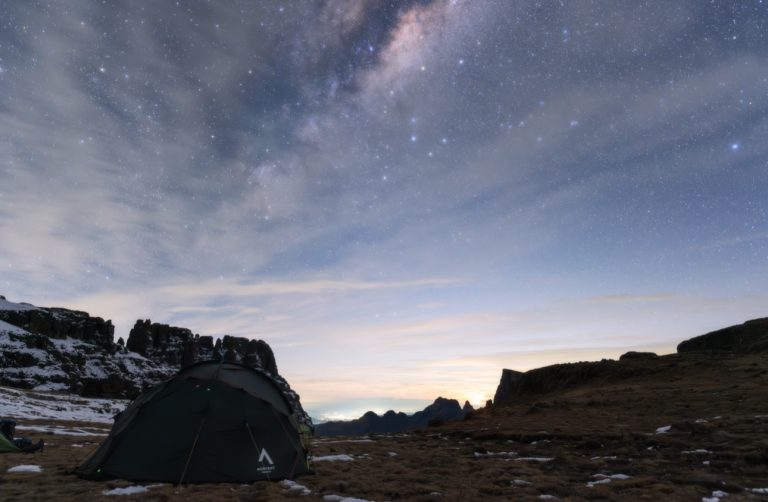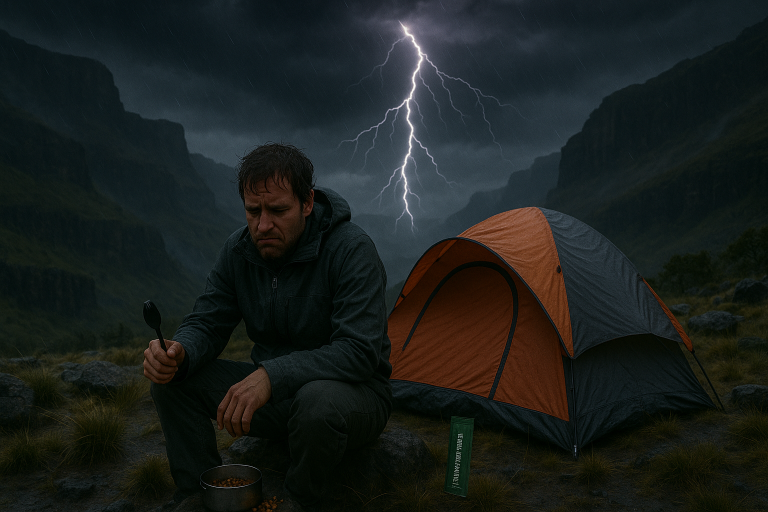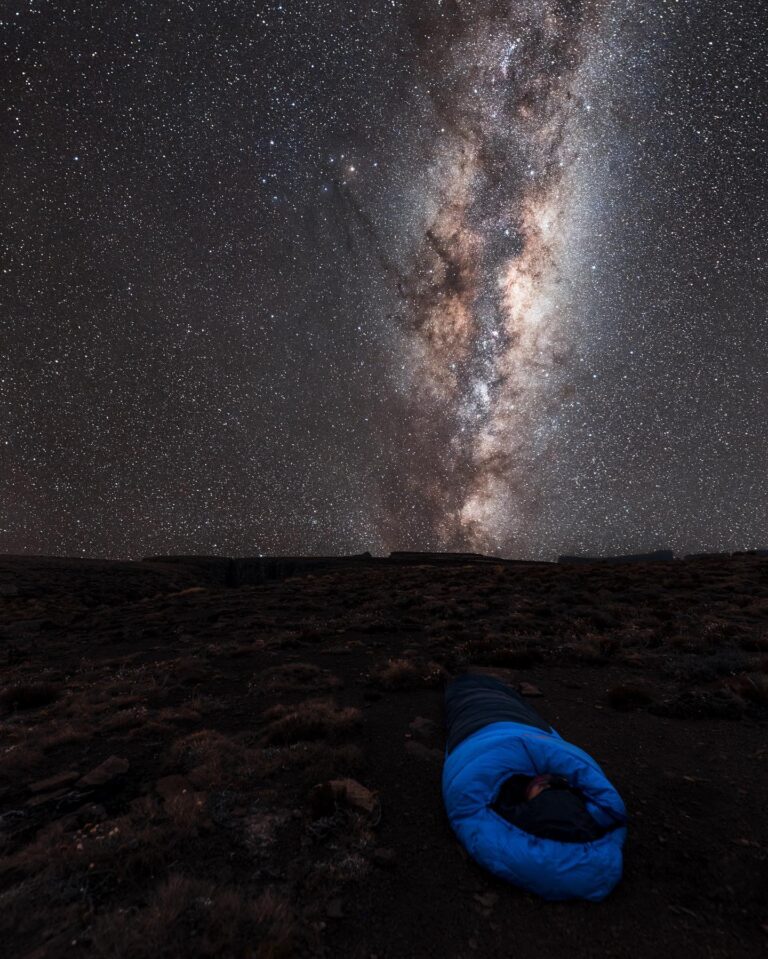Climbing Ama Dablam: A Beginner’s Guide to Type 2 Fun at 6,812m

If you’re considering climbing Ama Dablam, congratulations — you’re officially flirting with one of the most beautiful and technically demanding mountains on Earth. This isn’t Everest’s well-trodden path or a bucket list “tick-the-box” climb. This is high-altitude alpinism with a bite.
Standing tall at 6,812 meters in the heart of the Khumbu region of Nepal, Ama Dablam delivers everything you never knew you wanted: technical rock and ice climbing, dizzying exposure, summit views that reduce grown adults to tears, and a healthy serving of Type 2 Fun.
Let’s break down everything you need to know about climbing Ama Dablam — from training and gear, to fixed rope systems and what makes this peak a true mountaineer’s mountain.
Why Climbing Ama Dablam is the Ultimate Test of Grit and Grace
Ama Dablam, meaning “Mother’s Necklace,” is named for the hanging glacier that drapes dramatically off its southwest face. But don’t be fooled by its elegance — this mountain demands respect. From technical climbing sections like Yellow Tower and Mushroom Ridge, to summit pushes that require crampons, ropes, and ice tools, Ama Dablam is as challenging as it is stunning.
Unlike Everest, where fixed ladders and heavy Sherpa support handle much of the technical grunt work, climbing Ama Dablam means you’ll be actively engaged on steep granite, narrow ridgelines, and frozen pitches at high altitude.
It’s a climb where beauty meets brutality — and that’s exactly why people fall in love with it.
The Soul Adventures Approach to Climbing Ama Dablam
At Soul Adventures, we believe climbing Ama Dablam starts long before you touch Nepalese soil. We offer one of the only fully-supported Ama Dablam programs that includes technical rope and ice training in South Africa, altitude prep hikes in the Drakensberg, and a full 34-day international itinerary from Johannesburg.
We don’t just get you to base camp — we prepare your body, your brain, and your rope skills so you show up ready.
What Makes Our Approach Unique?
- South Africa-based rope skills and fixed line training
- Simulated ice climbing weekends
- Fully-inclusive expedition: permits, meals, tents, gear support, Sherpas, guides
- Exclusive access to discounted gear and local altitude hikes in the Drakensberg
- Emphasis on education, not just logistics
This isn’t a glorified guided hike. This is real Himalayan mountaineering — and we treat it that way.

How We Train You for Climbing Ama Dablam — In South Africa
One of the biggest reasons people fail on Ama Dablam isn’t fitness — it’s technical incompetence. Clipping in incorrectly, fumbling with rope systems, or panicking on exposed terrain can turn a world-class climb into a dangerous situation.
That’s why we train you in South Africa before you ever leave the continent.
What You’ll Learn in Our Prep Weekends:
- Fixed rope systems (ascenders, cow’s tails, backup clips)
- Safe and efficient abseiling techniques
- How to navigate exposure and vertical climbing
- Front-point crampon technique on snow/ice
- Glacier travel concepts: self-arrest, pacing, rope discipline
- Jumaring and transitioning from climb to rappel
You’ll also practice clipping and unclipping under pressure, gear organisation, and rope efficiency — which is crucial when you’re at 6,000m, tired, and trying not to mess up.
Breaking Down the Climb: What Climbing Ama Dablam Actually Looks Like
Climbing Ama Dablam is a multi-stage process, with progressively steeper and more technical sections. Here’s what to expect at each major camp.
Base Camp (4,570m)
Home for several nights as we acclimatise. This is where we sort gear, do load carries, and establish our rhythm for climbing. There’s a mess tent, basic solar charging, and a lot of tea.
Camp I (5,700m)
Getting to Camp I involves scree, loose rock, and some early scrambling. It’s your first introduction to exposure. Nights here are cold but necessary for altitude adaptation.
Camp II (5,900m)
This is where Ama Dablam gets serious. You’ll navigate:
- Exposed ridge traverses
- Steep granite faces protected by fixed ropes
- The infamous Yellow Tower — a nearly vertical rock wall graded around 5.8/5.9
- A need for proper ascender technique and clip transitions
Camp II is small, often perched right on the ridge — you’ll sleep with your boots by your head and your harness within reach.
Camp III (6,300m)
Camp III lies beneath the hanging glacier (the “Dablam”). The route here is a mix of snow and ice. We monitor this section closely for icefall activity. Camp is limited and tight — climbers often push directly to summit from Camp II when conditions allow.
Summit Push (6,812m)
This is where your training and tenacity converge. You’ll:
- Use ice axes and front-pointing technique to ascend steep snow slopes
- Stay clipped into fixed lines via cow’s tails
- Manage rest stops in the thin air
- Take in the views of Everest, Lhotse, Makalu, and more from the top of the world
The descent is just as technical — abseiling and down-climbing all the way back to safety. This is no walk-off summit.

Gear Checklist for Climbing Ama Dablam
We give you a full packing list during prep, but here are the essentials:
Technical Climbing Gear
- Mountaineering harness
- Two cow’s tails with screwgate carabiners
- Handled jumar + foot loop
- ATC or Figure-8 belay device
- Alpine ice axe
- Semi-auto crampons
- Helmet
Clothing
- Merino base layers
- Softshell and hardshell layers
- Down summit jacket or down suit
- Insulated gloves (multiple pairs)
- Balaclava, Buffs, glacier sunglasses
- Double boots (La Sportiva G2, Scarpa Phantom, or similar)
Other Must-Haves
- Power bank + solar charger
- High-altitude sleeping bag (-20°C or better)
- First aid kit
- Headlamp with extra batteries
- High-calorie snacks you actually like
We also provide recommendations and discounts for essential kit.
Fitness and Mental Preparation
Physical fitness is critical — but equally important is your ability to stay calm, calculated, and consistent under pressure. Here’s how to prepare:
Cardio Training: Trail running, incline treadmill, stair climbing
Strength Work: Legs, back, core, and grip
Endurance: Long hikes with heavy pack, multi-day trekking
Altitude Prep: Join our Drakensberg altitude hikes (Tugela Falls, Mnweni Circuit, Grand Traverse)
Mental Conditioning: Cold exposure, early mornings, visualization, adversity training
The fitter and more mentally tough you are, the more margin you’ll have when things get hard — and they will.
Why Climbing Ama Dablam is Worth Every Ounce of Effort
Summiting Ama Dablam is more than a notch on your climbing belt. It’s a life-changing experience that rewires your understanding of fear, beauty, and what your body is capable of.
Whether you summit or turn around short, you’ll return with something rare — a deeper knowledge of yourself and a bond with the mountain that never fades.
Why Book Your Ama Dablam Expedition with Soul Adventures?
- Fully guided 34-day itinerary from Johannesburg
- Ice and rope training in South Africa included
- All permits, logistics, meals, Lukla flights, and support covered
- Experienced, government-licensed Nepali guides and Sherpas
- Access to discounted gear through Drifters
- Pre-expedition training hikes and altitude prep
- Emergency oxygen and sat comms
- A team that cares deeply about your success and safety
Start Climbing Ama Dablam — For Real
If you’ve dreamed of a big Himalayan climb, this is it. Not Everest’s crowds. Not a packaged tourist experience. Just you, the mountain, and a team that knows exactly how to get you there.
This is climbing Ama Dablam — raw, real, and unforgettable.
Spots are limited. Applications open now.
Visit Soul Adventures and get ready to trade comfort for something infinitely more valuable.






